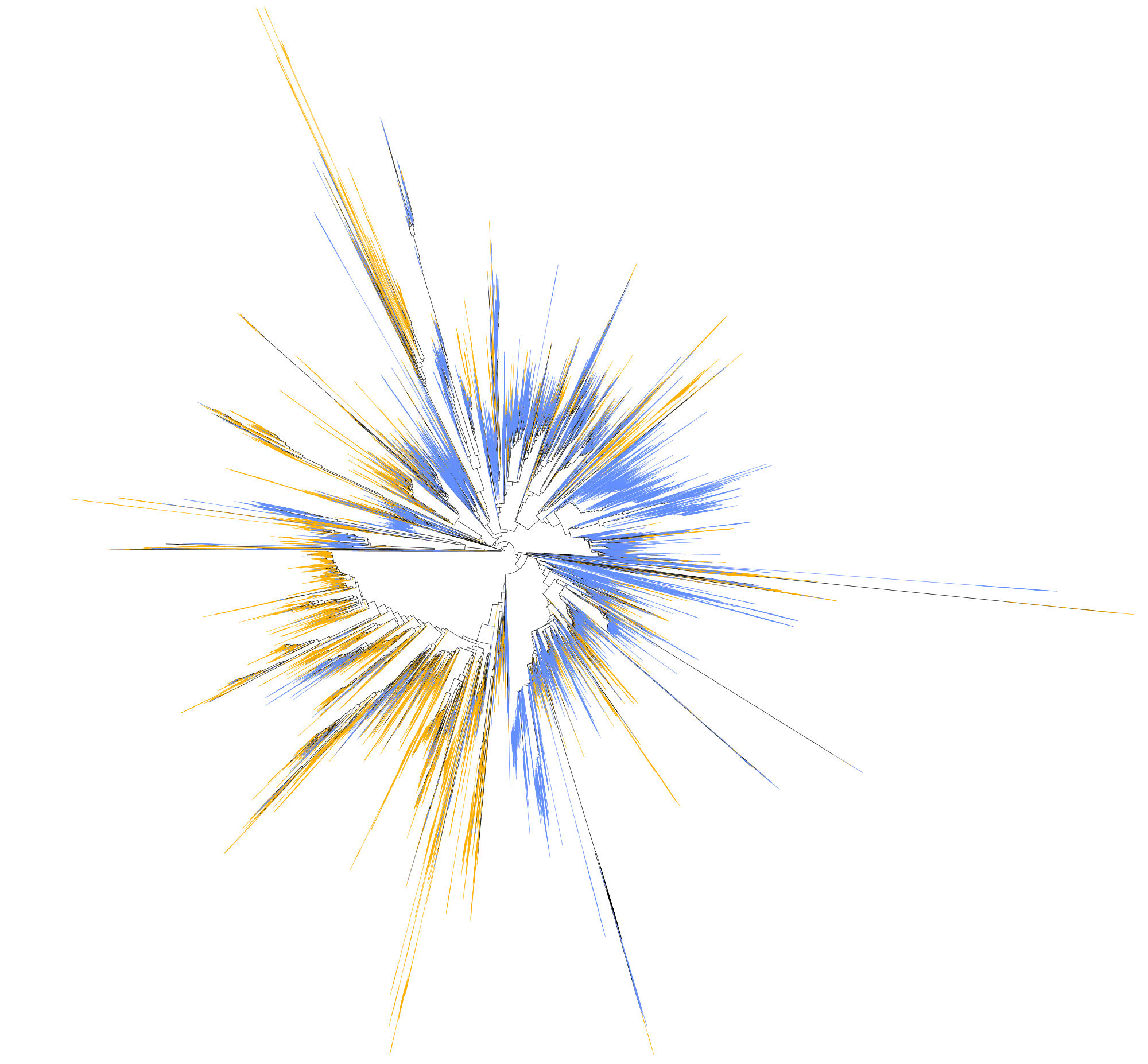Conclusion#
Phylogenetic trees are hypotheses of the given data, dependent from a specific methodological approach. Therefore it is of paramount importance to adjust as far as possible your dataset and your methods to the scope of your scientific question. Even the same question, if tackled from different methods and datasets, might result in different or even contradicting hypotheses. And yet, such both hypotheses might be correct, they will just represent different pictures of the same reality.
Let’s imagine going somewhere beyond the tropics and taking a picture in the exact same location through the different seasons. Or going within the tropics but changing the zoom throughout different pictures. In the first example we only changed the time, whereas in the second the method.
Evolution and diversification are complex processes that we tend to simplify with trees, networks or even more elaborated stories. Yet such representations only tell one part of the story, since it is basically impossible to cover all different aspects of evolution.
Selection occurs at many different levels from genes to ecosystems, going through traits, organisms, holobionts, populations and communities. Such diversity levels also interact within and between them creating a reticulate system where a linear story simply represents one hypothesis from a given point of view.
Phylogenetic patterns are constantly changing with new tools being developed that allow accessing new aspects of the biological diversity, its exploration and analysis. In this sense, our job as scientists is to integrate all the different knowledge into a comprehensive story coming from many different angles, being critical about the data we are using and aware of the limitations of the methods we are applying.

